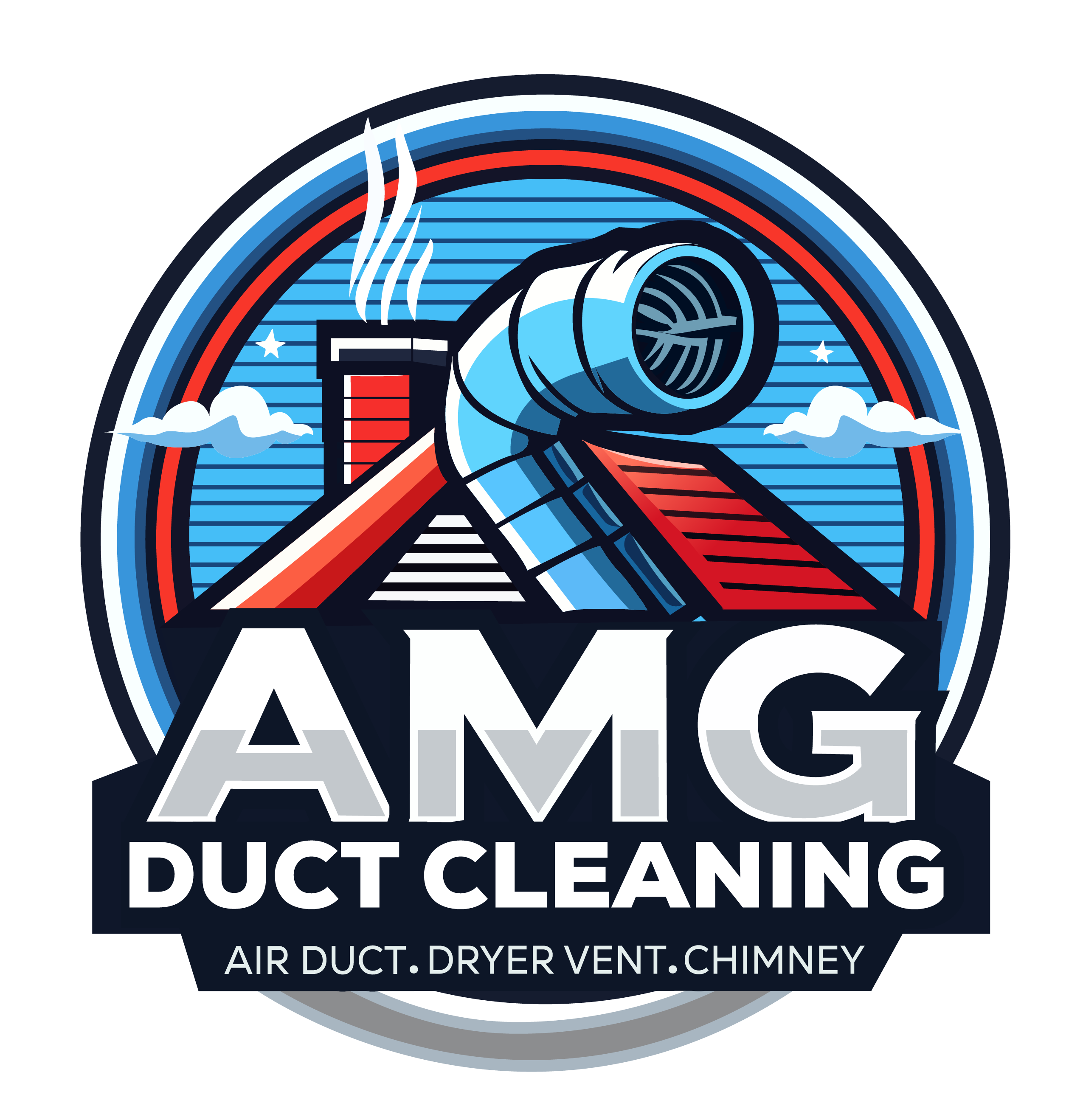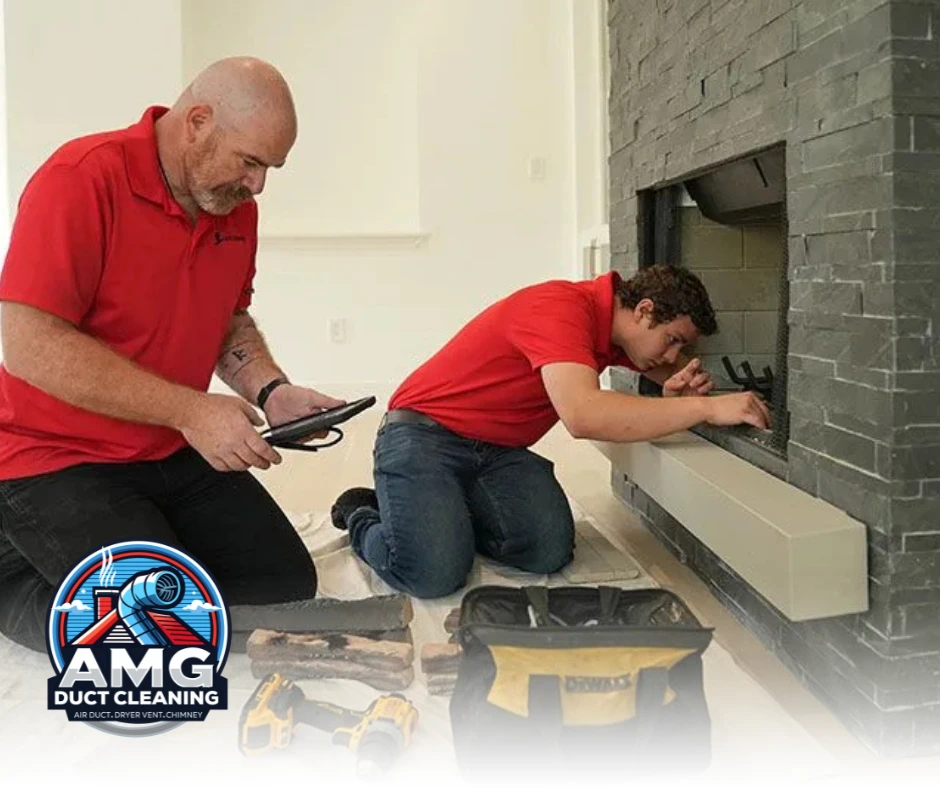Every year, many homeowners overlook a critical element of property care: the annual chimney sweep inspection. Over time, neglecting this routine check can expose your home to hidden dangers that jeopardize both safety and efficiency. A thorough inspection is not just about cleaning—it’s about identifying potential risks before they evolve into costly, hazardous issues.
Risks Associated with Neglected Chimney Inspections
When inspections are skipped, creosote—a highly flammable, tar-like residue from burning wood—can build up along the interior walls of the chimney. This buildup increases the likelihood of a chimney fire and reduces the chimney’s ability to vent harmful gases. Over time, hardened creosote may adhere to the structure, creating an environment that accelerates decay in the masonry and damages the flue liner. Even seemingly minor deposits can conceal cracks or other structural issues, making early detection by a professional chimney sweep essential for long-term safety.
Neglecting regular inspections also allows additional debris, such as soot, dust, or even nesting materials, to accumulate. These obstructions can restrict airflow, forcing an incomplete combustion process that increases the concentration of toxic gases, including carbon monoxide. Such byproducts not only pose a fire risk but can also compromise indoor air quality, exposing residents to health hazards that might otherwise be prevented with routine maintenance.
Impact on Home Safety and Air Quality
Skipping an annual chimney sweep inspection impacts your home’s overall safety. A malfunctioning chimney can cause smoke and dangerous pollutants to recirculate into living spaces, which may lead to respiratory issues and other health problems. Inadequate ventilation, combined with a damaged chimney, raises the risk of carbon monoxide seepage—a silent and potentially lethal threat. Regular inspections and cleanings ensure that every component of your chimney, from the flue to the damper, is working correctly, preserving a healthy environment indoors.
Moreover, persistent creosote buildup can corrode the interior surfaces of your chimney, weakening its structure over time. The longer issues go unchecked, the more likely it becomes that extensive, expensive repairs—or even a complete chimney replacement—will be necessary. The small investment in an annual inspection not only safeguards your home but also preserves the efficiency of your heating system, ensuring that your fireplace remains a reliable source of warmth without hidden risks.
Establishing a Preventative Maintenance Routine
Developing a proactive maintenance routine is key to ensuring that your chimney operates safely year-round. Scheduling an annual inspection with a trusted professional provides peace of mind and helps to catch problems in their early stages. A comprehensive inspection covers every aspect of the chimney system, from assessing creosote levels to checking for structural wear and ensuring proper ventilation. Some homeowners might casually refer to “chimney weep” as a reminder of past oversights, yet the focus remains on prevention rather than repair.
By integrating regular inspections into your home maintenance schedule, you invest in a safer, more efficient living environment. This ongoing commitment not only extends the life of your chimney but also minimizes the risk of fire and health hazards. With professional guidance and diligent upkeep, your fireplace continues to deliver comfort and security, free from the hidden dangers of neglect.
Learn more about Chimney Sweep:
How a Professional Chimney Sweep Improves Indoor Air Quality and Reduces Allergens
Chimney Sweep Safety Standards: Keeping Your Fireplace Risk-Free Year-Round

